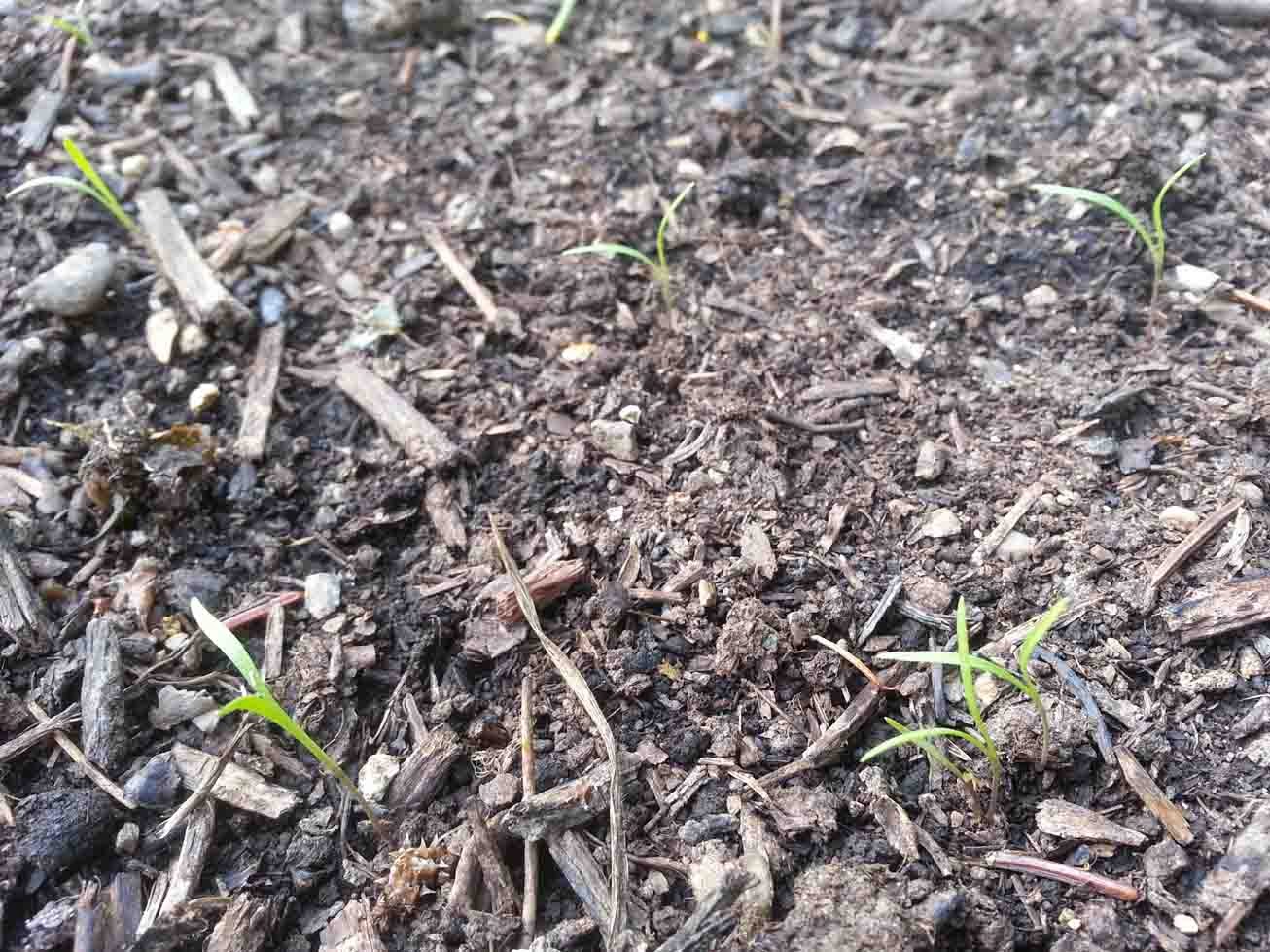

#Dill seedlings falling over how to
If you really want it to grow in your home, then do read these easy steps on how to grow dill in pots.Borage plant with blue star-shaped flowers When to plant borage All you need is a little bit of help to get going.

Growing dill doesn’t need you to study rocket science. Final Thoughtsĭill is an amazing herb which we all love to add to our dishes as it is flavorful and delicious. You can also replant using these harvested dill seeds and flowers. The flowers and seeds too can be harvested and preserved for later use in cooking. Its not just dill leaves that can be stored and preserved. Therefore, harvest immediately before you start cooking.ĭill leaves can be dried by hanging them upside down in a room that is dry and is well ventilated.Īlso Read: Complete Guide to Grow Betel Leaf Plant

Though, you can store dill leaves and flowers for later use, however, the fresher they are harvested, the better they taste when added to foods. When pickling, choose the whole stalks and wait till the dill plant reaches maturity. Most people pickle dill to eat it along with their food because pickled dill tastes very flavorful. Also, when harvesting, make sure to leave at least half of the leaves on the plant so as to enable it to keep producing. When harvesting, use your fingers or scissors to pluck or cut away the stems. Young or light colored dill leaves too are loved by people who think they taste better when young. The dark leaves appear before flowers start to bloom on the plant. You can harvest both kinds of dill leaves – dark and light. It usually starts to grow healthy after 4 weeks of planting.Īlways choose the cool time of the day to harvest dill. You must harvest the dill when you spot 4 to 5 clusters of healthy foliage on the plant.

Watering the plants after thinningĪfter thinning the dill plants, its time to water them again. Keep one seedling per pot as one dill plant can grow to 6 inches in height. The rule here is to thin the weakest seedlings so that only the healthiest ones survive and continue to propagate. Let the seedlings grow a bit taller when you can start trimming them. It will take about 14 days to see the first sign of a seedling emerging from the soil. Once the dill seedlings have sprouted, you will have to trim them. After you have watered, the seeds will start to sprout in the next seven days. Germination is a critical time when you must water the seeds. This will ensure that your dill seeds are moisturized and do not dry up. After the dill seeds are planted and shown sunlight, its time for treating them with water. Watering the dill plant is also very important. Make sure that the plant is placed in a spot where temperature fluctuates between 60 and 75 degrees. Show the pot at least six hours of sunlight regularly if you want the dill seeds to sprout within 14 days.


 0 kommentar(er)
0 kommentar(er)
